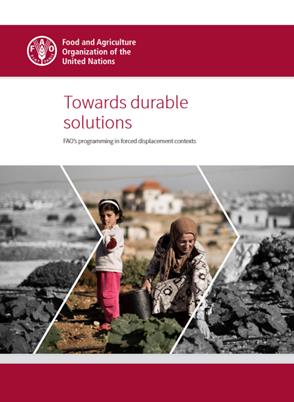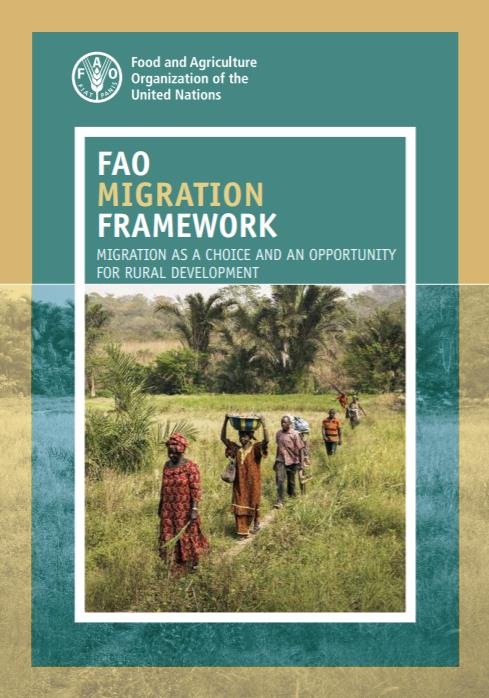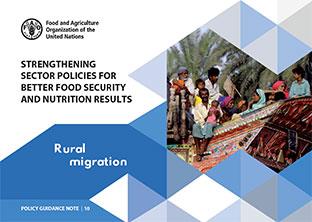Migration
FAO addresses the adverse drivers of migration and enhances the positive impacts for agriculture and rural communities
FAO’s policy work encourages countries to address adverse drivers of migration – particularly through partnerships and capacity development. To enhance the benefits of migration, FAO supports countries to offer migrants investment opportunities, e.g. through facilitating agri-business development.
Key messages
These drivers range from environmental degradation, lack of decent rural employment, and climate change impacts, including disasters, and pest invasion, to man-made conflicts. To provide viable alternatives to migration, FAO’s policy work supports rural development and transformation in home-communities through fostering decent work opportunities. Moreover, FAO supports access to services and infrastructure; increases the resilience of agricultural livelihoods to threats and crises, and mitigates the impacts of climate change.
In many places, migrant workers are essential for agrifood systems and contribute to the host communities’ food supplies. FAO enhances the positive impacts of migration for agriculture and rural communities through the engagement of diaspora – which refers to migrants and their descendants living abroad who still maintain close ties to their country of origin. FAO supports an enabling environment for the diaspora to engage in agribusiness development and employment generation in rural areas of origin through investment and transfer of knowledge and skills.
Rural areas of origin may be challenged by the loss of productive work force and shortages of agricultural labour. In this regard, FAO aims to transform the negative impacts of migration into opportunities, advance women’s economic empowerment, strengthen the enabling environment to improve access to education and health care systems, and support rural institutions and services.
FAO supports migrants – including refugees and internally displaced persons – to engage in food systems and agricultural livelihoods. This ranges from supporting migrants to access land and assets in host communities to assisting countries in carrying out food security and nutrition interventions. Importantly, the Organization’s policy work also aims to strengthen social cohesion and prevent conflicts over natural resources.
The Organization does so by improving coordination and policy coherence between migration and rural development policies and increasing the capacities of rural development stakeholders to integrate migration into their work.









